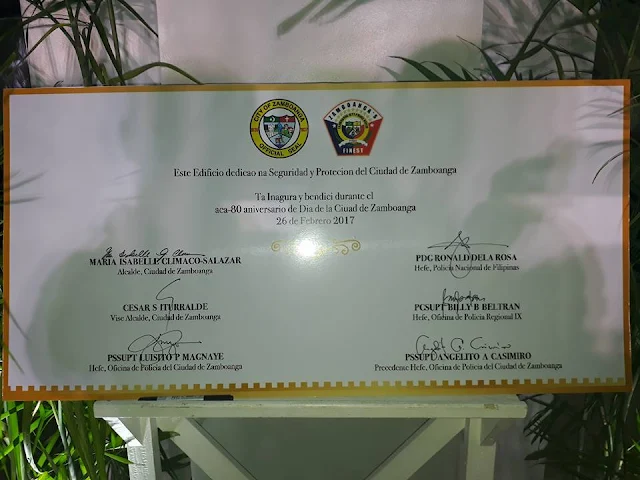While Le Petit Prince (The Little Prince) written by Antoine De Saint-Exupéry in 1943 now has over 300 translations in different languages worldwide and is now considered the world’s most translated book (not counting religious works), there have been surprisingly only two translations of his book in the Philippines (Filipino and Bicol). El Diutay Principe is only the third edition featuring a Philippine language. The Little Prince is a classic French novella about a pilot who gets stranded in the desert after a plane crash and encounters a little fellow who asks him to draw a sheep for him. Through the course of their meeting, the pilot rediscovers the true meaning of life and what people should value the most. When I came across the book in 2013, I found that I could relate very well to the negative image given to “growing up” in the book. When the idea to translate the book into my mother tongue was presented to me, I didn’t think twice. I thought, ‘a lot of people my ...
Last February 26, the 80th charter day of Zamboanga city, the Philippine National Police chief came to town to witness the turnover and blessing of the new central police office building.
I'm calling this the Bien Chabacano police station because you'll see signs written in Chabacano all over the building. At the entrance, you'll see a sign that says entrada and the name of the building is also in Chabacano, oficina de policia del ciudad de Zamboanga. How cool is that? 😀
As you may have noticed, visitors to the new central police office will be greeted with signs that say entrada and oficina de policia del ciudad de Zamboanga.
Below is a plaque that says that the building is dedicated to the security and protection of Zamboanga city and was inaugurated and blessed last February 26, 2017.
Here is where it gets interesting. Never mind that there are misspellings (e.g. proteccion, jefe), there is also an inconsistency with the grammar in the text above. If you notice, it says este edificio dedicao na seguridad y protecion del ciudad de Zamboanga. However, if you look further below, it says dia de la ciudad de Zamboanga. This is where Chabacano grammar becomes tricky. You have people who, maybe for nostalgic reasons, will use the Spanish article la although, we normally wouldn't use it in everyday conversations. Cases like this are exactly the reason why there is so much difficulty in creating standard rules for Chabacano grammar.
Since we're celebrating Zamboanga city's charter day, let me share with you a photo of Zamboanga city's official seal.
Pretty cool, huh? I'll let you ponder on what the symbols in the seal mean.
These photos were grabbed from: https://www.facebook.com/bengclimaco, https://www.facebook.com/joy.pontillaslee, and http://www.lcp.org.ph.
I'm calling this the Bien Chabacano police station because you'll see signs written in Chabacano all over the building. At the entrance, you'll see a sign that says entrada and the name of the building is also in Chabacano, oficina de policia del ciudad de Zamboanga. How cool is that? 😀
As you may have noticed, visitors to the new central police office will be greeted with signs that say entrada and oficina de policia del ciudad de Zamboanga.
Below is a plaque that says that the building is dedicated to the security and protection of Zamboanga city and was inaugurated and blessed last February 26, 2017.
Here is where it gets interesting. Never mind that there are misspellings (e.g. proteccion, jefe), there is also an inconsistency with the grammar in the text above. If you notice, it says este edificio dedicao na seguridad y protecion del ciudad de Zamboanga. However, if you look further below, it says dia de la ciudad de Zamboanga. This is where Chabacano grammar becomes tricky. You have people who, maybe for nostalgic reasons, will use the Spanish article la although, we normally wouldn't use it in everyday conversations. Cases like this are exactly the reason why there is so much difficulty in creating standard rules for Chabacano grammar.
Since we're celebrating Zamboanga city's charter day, let me share with you a photo of Zamboanga city's official seal.
Pretty cool, huh? I'll let you ponder on what the symbols in the seal mean.
These photos were grabbed from: https://www.facebook.com/bengclimaco, https://www.facebook.com/joy.pontillaslee, and http://www.lcp.org.ph.






I'm looking forward though that our oficial se al will be translated un our own Zamboangueño Language, instead of maintaining it to be un English.
ReplyDelete